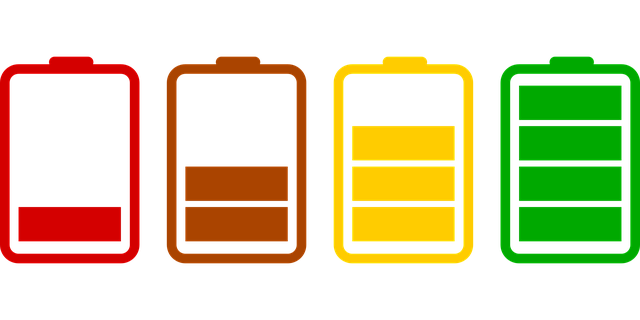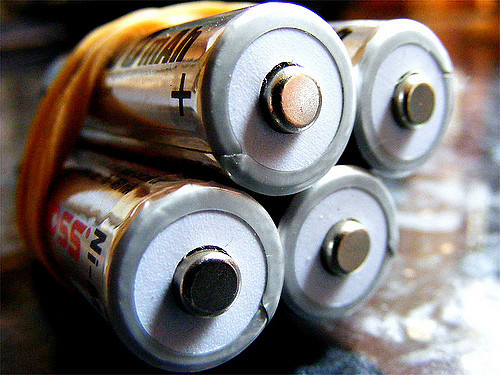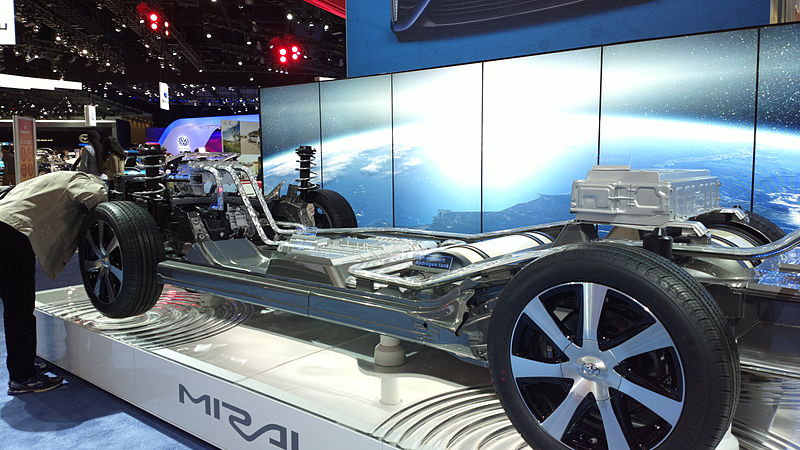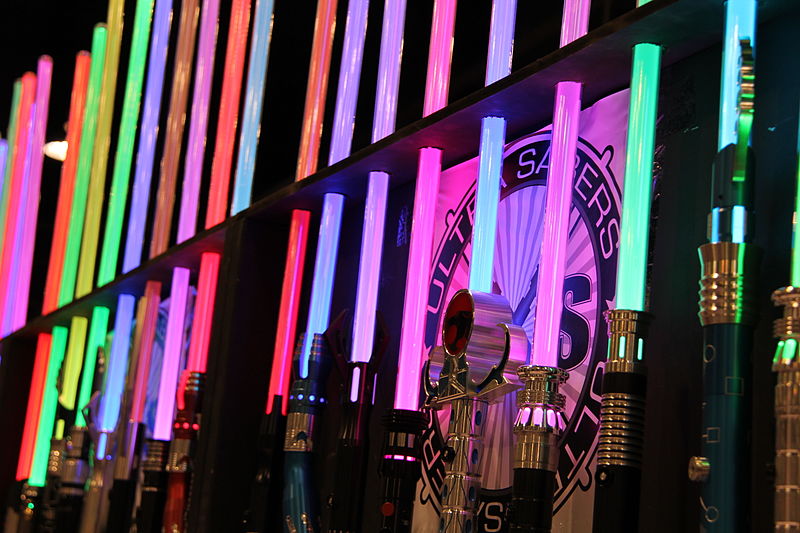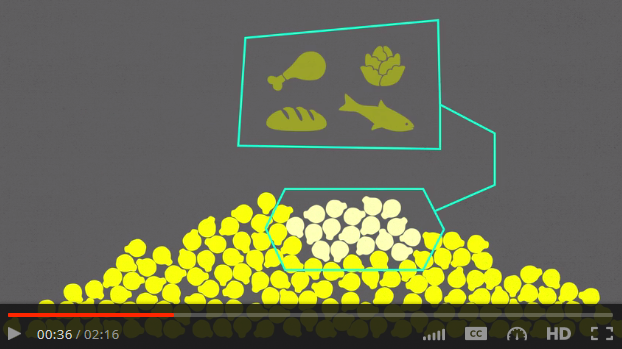May the 4th be with you
Whether you’re a Star Wars superfan or find yourself lost when the conversation turns to discussions of the feasibility of the Death Star, you can probably identify the epic space series’ iconic lightsaber. The lightsaber has become one of the most recognizable images in popular culture, but is it purely fiction or could it be a reality?
According to the Star Wars books, lightsabers are pretty complex devices but essentially boil down to a few key elements: a power source and emitter to create light, a crystal to focus the light into a blade, a blade containment field, and a negatively charged fissure. In the Star Wars galaxy, a lightsaber creates energy, focuses it, and contains it.
But that’s fiction and those ideas are not in line with current science and technology. So how could we build a lightsaber with the tools we have today?
Many people look initially to laser technology when discussing a practical lightsaber. It’s unrealistic to say that light could be the source of the blade seeing as light has no mass (creating a pretty insufficient weapon), but lasers could be an alternative. It may seem contradictory to say that lasers could be the blade in a lightsaber when lasers are essentially light focused to a very fine point, but as Looper puts it, light is to a laser what a tree is to paper.
(more…)


